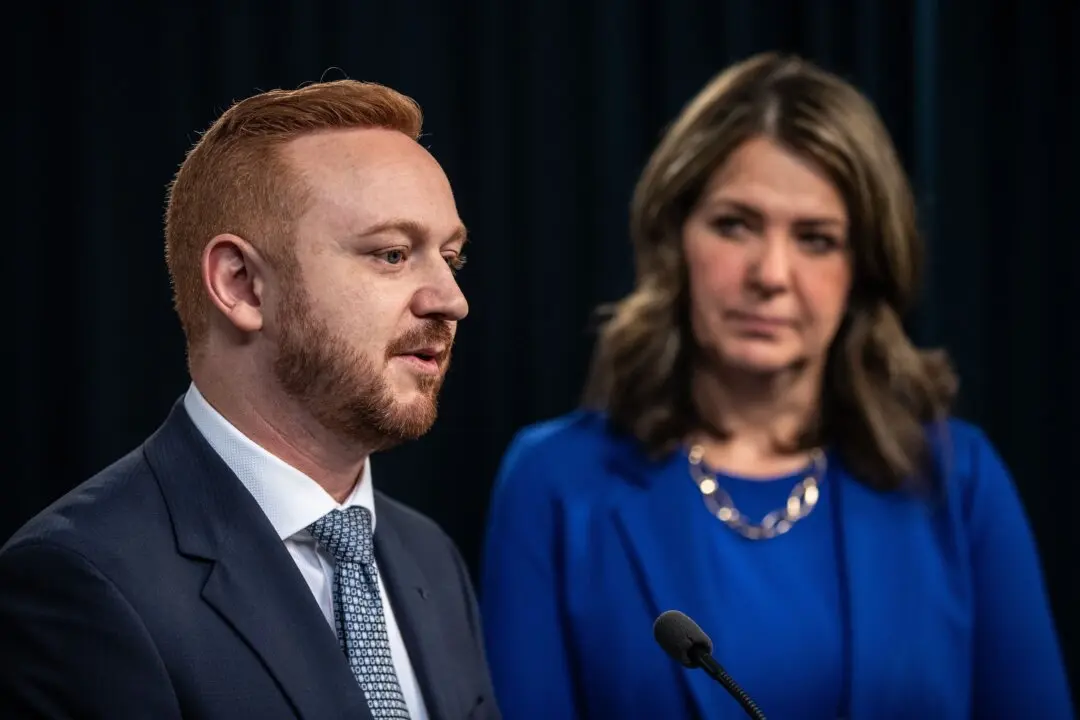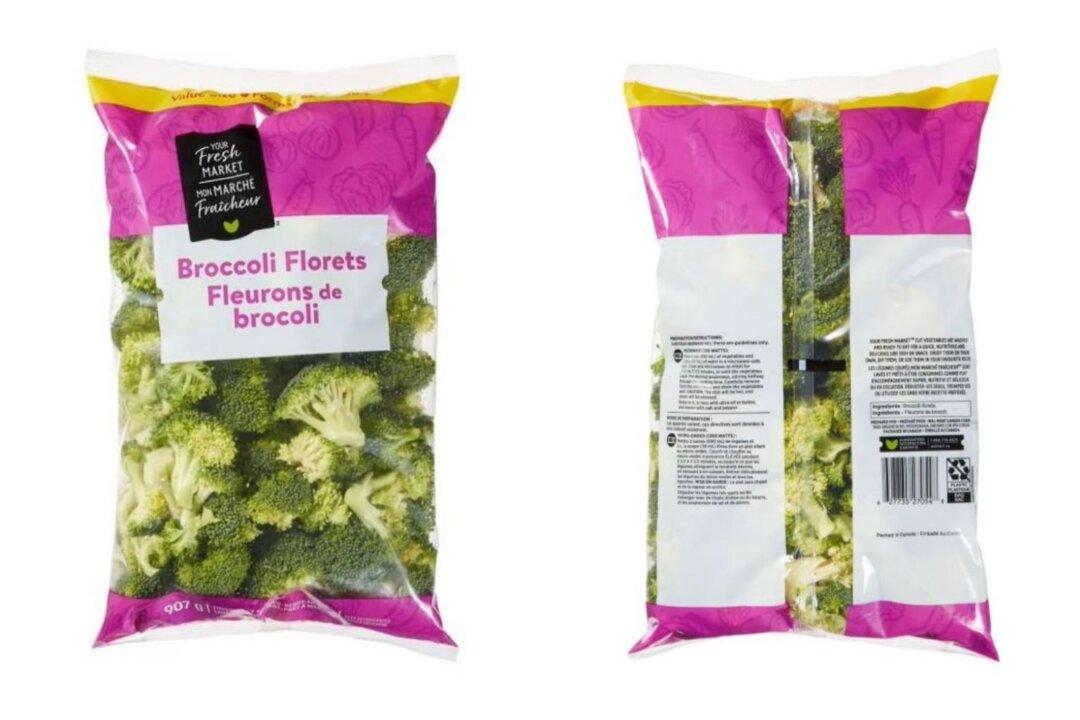“New normal” federal program spending has reached unprecedented levels in Canada, with per-person spending in 2021 expected to exceed $13,000—a 34.8 percent surge from pre-COVID levels in 2019, according to a new report.
The report, published by the think tank Fraser Institute, notes that the federal government’s spending, adjusted for inflation, would have hit a minimum of $12,695 per person before the 2021 election was called. If the Liberals carry through with the promises they made to increase spending while on the campaign trail, the per person spending would go up to $13,032 in 2021-22. If the NDP’s “even higher spending” proposal is included, it would result in the per-person spending reaching $13,735.





